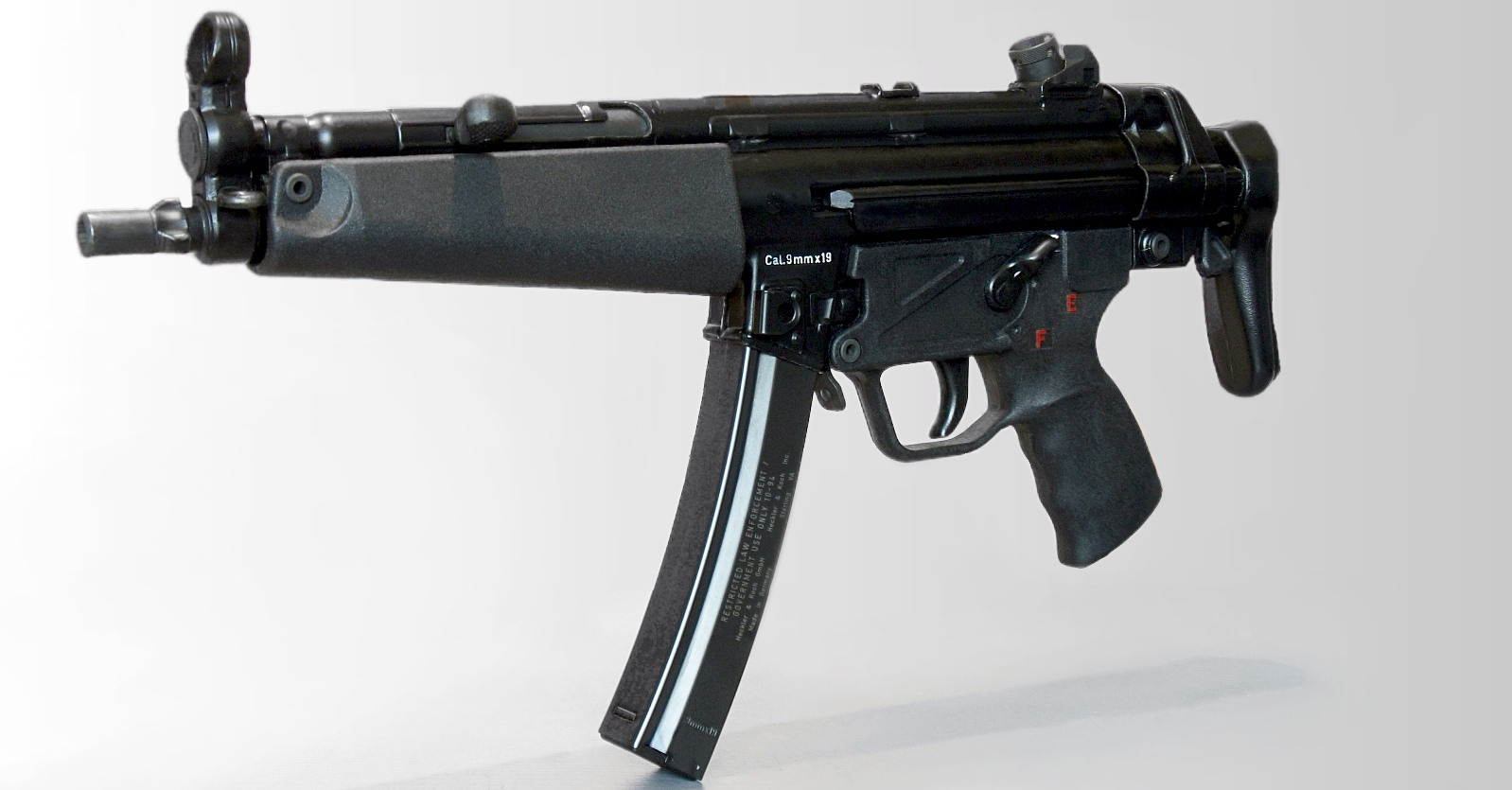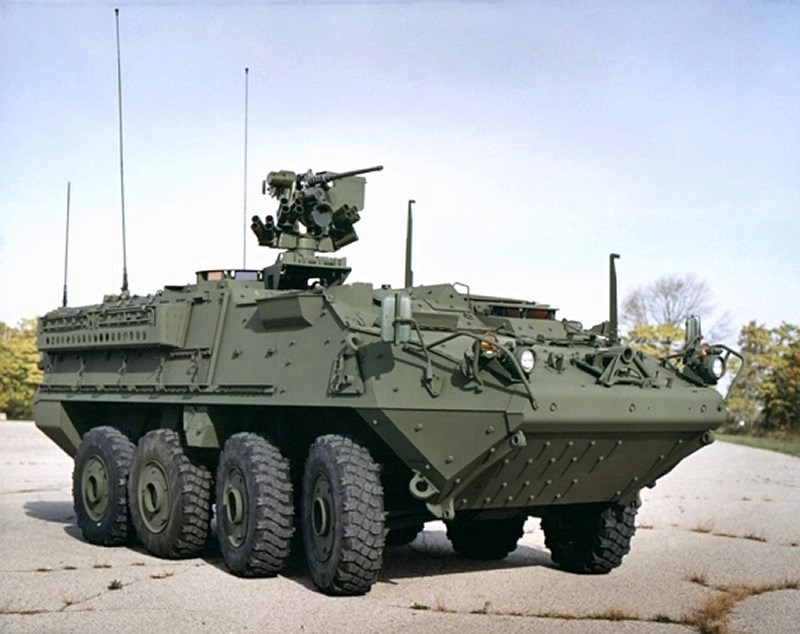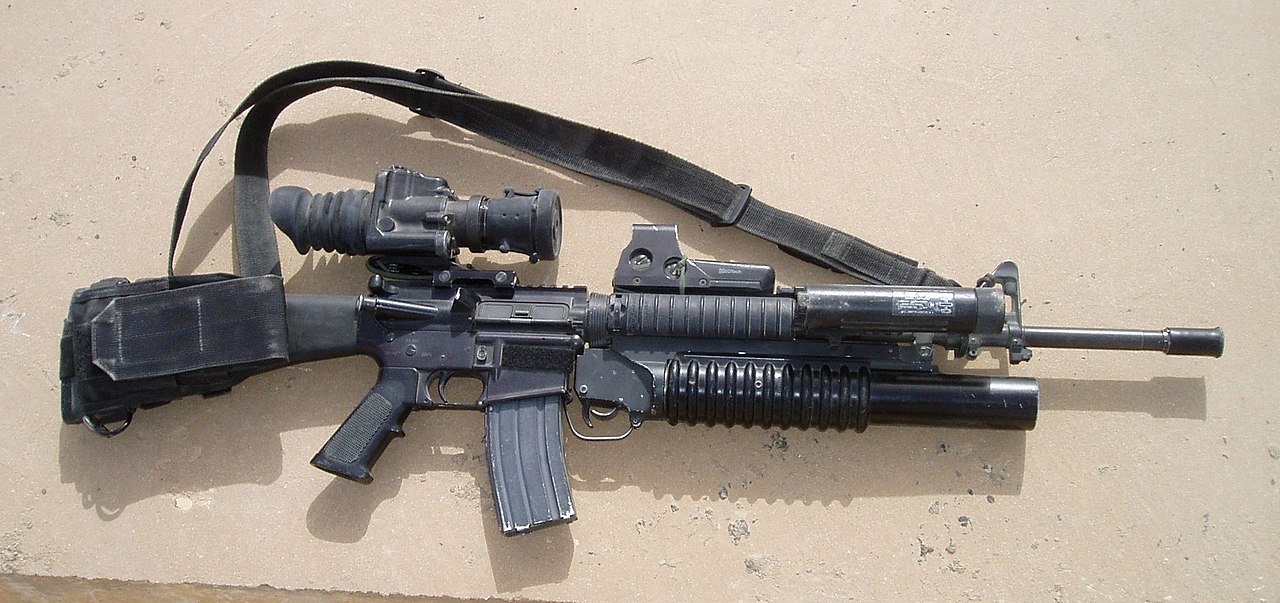The landscape of military firearms is constantly evolving as new technologies and battlefield requirements emerge. Recent developments have led to the introduction of the XM-7 Rifle, a weapon designed to potentially replace the longstanding M4 carbine which has been a staple in the U.S. Army’s arsenal since the mid-1990s.
Introduction of the XM-7 Rifle
The XM-7 Rifle is a fresh contender in the sphere of combat weapons. Developed with the goal of enhancing soldier efficiency, it takes into account modern warfare demands such as increased accuracy, modularity, and adaptability. This rifle is part of the U.S. Army’s Next Generation Squad Weapon (NGSW) program, aiming to replace the current M4 and M249 weapons systems with more advanced options.
Key Features of the XM-7
Here are some of the standout features of the XM-7 Rifle:
- Caliber: 6.8mm – This new caliber is designed to increase hitting power while maintaining manageable recoil.
- Barrel Length: 16 inches – Optimized for versatility across varied combat scenarios.
- Weight: 7.5 pounds – Lightweight construction contributes to soldier agility and endurance.
- Fire Modes: Semi-automatic and full automatic, providing adaptable response capabilities.
- Advanced Optics: Integrated with state-of-the-art targeting systems for enhanced accuracy.
| Specification | XM-7 Rifle |
|---|---|
| Caliber | 6.8mm |
| Barrel Length | 16 inches |
| Weight | 7.5 pounds |
| Effective Range | Up to 600 meters |
| Fire Rate | 650 – 800 rounds per minute |
Why Replace the M4?
The M4 carbine, while reliable, has been in use for decades and is facing limitations when responding to contemporary threats. With adversaries developing more advanced body armor and technologies, the Army found it imperative to seek an upgrade to enhance lethality, range, and modular capabilities.
One of the primary factors leading to the initiation of the NGSW program is the need for superior ballistic performance. The 5.56mm ammunition used in the M4, while effective, has sometimes been found lacking in penetration power at longer distances and against fortified targets.
Comparative Advantages of the XM-7
Power and Range: The XM-7’s switch to a larger 6.8mm round is critical, providing greater stopping power and a longer effective range, which directly responds to identified gaps in the M4’s performance.
Modularity: The design of the XM-7 prioritizes modular adaptability, allowing soldiers to customize configurations depending on mission requirements. This flexibility extends the weapon’s utility across different combat scenarios.
Innovative Optics and Targeting: Enhanced sights and scopes integrated into the XM-7’s design are another leap forward in technological advancement, enabling more accurate target acquisition and increased first-hit probability.
Challenges and Considerations
While the XM-7 boasts numerous improvements over the M4, the transition is not without its challenges. Deployment of new weapons platforms at scale involves extensive training, logistical considerations, and addressing potential supply chain disruptions.
Training soldiers to adapt to new weaponry and tactics is a massive undertaking, requiring time and resources. Additionally, the logistical implications of replacing ammunition, parts, and other support systems cannot be underestimated.
The cost of implementing such comprehensive changes also factors heavily into the decision-making process. Budgetary constraints and analyses of cost versus benefit are central to determining the feasibility and pace of transition from the M4 to the XM-7.
A New Era?
The introduction of the XM-7 Rifle represents a significant step forward in meeting the contemporary operational challenges faced by modern military forces. While replacing the M4 is a substantial endeavor, the advantages offered by the XM-7—in terms of power, modularity, and future-ready technologies—make a compelling case for its adoption.
Ultimately, successful implementation will depend not only on overcoming logistical and financial hurdles but also on integrating feedback from soldiers to ensure the new system fulfills its promise of enhanced combat effectiveness. As the U.S. Army continues to evaluate and test the XM-7, it may well signal the dawn of a new era of military readiness and technological sophistication.









